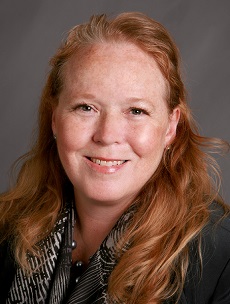Five Key Takeaways from “Mind the Gap: Putting Evidence into Practice in the Era of Learning Health Systems”
Stories - Aug 30 2018

Three experts in the field of Learning Health Systems—including Kaiser Permanente Center for Health Research Director Lucy Savitz—propose a new strategy for bridging the gap between health research and clinical practice.
 Lucy A. Savitz, PhD, MBA
Lucy A. Savitz, PhD, MBA
The amount of published scientific evidence on health subjects is increasing all the time, and health care systems are under more and more pressure to put the best available evidence into practice. In a new commentary for the Journal of General Internal Medicine1, three experts in the field of Learning Health Systems (LHS)—including Kaiser Permanente Center for Health Research Director Lucy A. Savitz, PhD, MBA—propose a new strategy for bridging the gap between health research and clinical practice. Dr. Savitz’s co-authors are Jeanne-Marie Guise, MD, MPH; and Charles P. Friedman, PhD.
For a quick glimpse of the authors’ proposed strategy, here are five key insights from their commentary:
1.“A kind of magical thinking seems to pervade our society: a belief that creating more and more evidence will in and of itself speed the application of evidence to practice.”
2.“Closing the evidence-to-practice gap will require two key elements: (1) the integration of locally and rapidly generated evidence—what we are calling ‘Learning Health System evidence’—with cumulative and comprehensive systematic review evidence from the peer-reviewed literature and (2) making this combined evidence available in standardized computable forms so it can be efficiently and effectively assimilated to inform practice.”
3.“Organizations that evolve LHS capabilities should be outward looking in putting their data and analytic capabilities to work to contribute to this broader evidence base, even as they become more agile in generating and applying locally generated results.”
4."Biomedical evidence has traditionally been represented in human readable form—in text, tables, and figures—and published in books and journals. ... To enable mass action as we enter the era of LHS, evidence of all types must be available in standardized, computable formats to support the curation, representation, dissemination, and application of evidence.”
5.“We stand on the brink of a transformation in health evidence generation and application, catalyzed by the growth of LHS practices, technological advances, shifts in culture, revised work processes, and a burning ‘need to know’ now. Achieving the greatest benefit from this change…will require an ecosystem supporting mass action at an accelerated pace.”
For more insights and all the details, read the full, open-access commentary in the Journal of General Internal Medicine. You can also learn more from these just-published stories:
1 Guise, JM., Savitz, L.A. & Friedman, C.P. J GEN INTERN MED (2018). https://doi.org/10.1007/s11606-018-4633-1